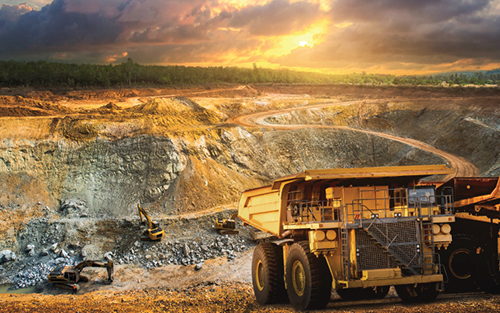By Tom Bonine, National Metal Fabricators
Skilled welders understand the benefit of welding on a downward slope — it helps them move the torch quickly along the joint while keeping the arc inside the gas or flux. Sometimes, though, it's hard to do. Clamps get in the way, parts might be designed with restricted access, or it may not be possible to put them in the orientation needed. These are all reasons for automating the welding process.
Taking a look at robotic welding
Making a quality joint with gas metal arc welding (GMAW) depends on maintaining stable arc length and speed. Torch angle matters, too, as does positional repeatability. Automation provides consistency superior to any human welder, and that's one of the biggest advantages of robotic welding. Once programmed, a robot follows its path to within 0.100mm and at the same speed every time.
Six axes let the robot present the torch in almost any orientation, and additional part manipulation equipment such as tilt/rotate tables and headstock/tailstock units can ensure the optimum positions are achieved.
Advantages:
- Speed
- Quality
- Scrap
- Waste
Speed
A robot can weld faster than a human because the torch is always in the optimal orientation and moving as fast as possible. In addition, the robot's cycle time is always the same. That makes scheduling easier and delivery performance more predictable, so customers can be confident of getting their job when promised.
Processing time is saved another way, too. As robotic welds are generally cleaner than those made by humans, less dressing and cleanup is needed. That saves time in downstream operations.
Quality
Consistent motion also means consistent quality. With the torch and workpiece(s) in the same position and moving at the same speed every time, each part is welded the same way. There's no risk of variation, and as the robot never tires, the last piece produced is identical to the first. Especially for safety-critical parts, automation gives customers confidence in the integrity of each weld.
Scrap
Consistent quality means no scrapped parts due to bad welds. That's especially important on high-value jobs where there is no room in the budget for extras or spares. It also adds a degree of assurance for the buyer — he doesn't have to worry about the welder's skill and experience, or the work varying when different people are put on the job.
Waste
Scrap parts are one source of waste in welding, but another is the consumables used. Because robotic welding is faster, excess usage of fluxes, gases and filler metal is minimized. This can really add up over the course of a long run.
Cost advantages
Robotic welding is highly cost-effective, especially for longer production runs where programming time can be amortized over a large number of pieces. A modern automated welding cell can even be left to run unattended through breaks and at night and weekends, lowering costs further by increasing capacity.
Lower cost, better quality
When you think about it, welding isn’t an optimal job for humans. The protective gear is hot and restrictive, and the work is hard. Fatigue is a natural part of the job, and that leads to variability. Robotic welding removes the welder from an unpleasant and even dangerous environment, and at the same time lowers cost and improves quality. Even short runs can be automated, but naturally the cost impact is greater on large batches of work.
That's why it's important to understand the advantages of robotic welding.
Tom Bonine is the president of National Metal Fabricators. The Chicago area firm offers custom sheet metal fabrication, angle rings, and welding.
